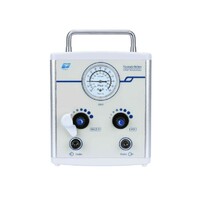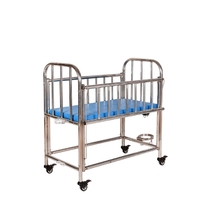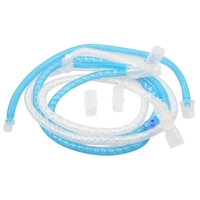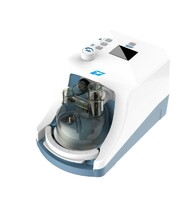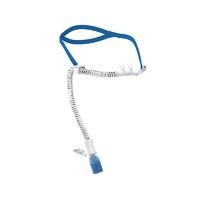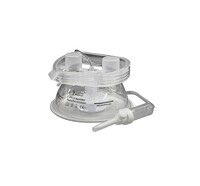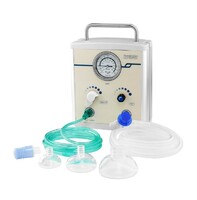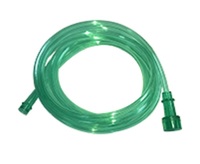AD3000-TPA Infant Resuscitator
Product Quick Detail
- FOB Price
- USD $2,200.00 / Piece
- Place Of Origin
- PuNing
- Minimum Order
- 1
- Packaging
- N/A
- Delivery
- 7 Days
Specifications
With safe, precise and controllable PIP (Peak Inspiratory Pressure) and PEEP (Positive End Expiratory Pressure), Pigeon Infant Resuscitators are easy to operate and can provide temporaty breathing
support. It is crucial for NICU units, Nurseries, Delivery and Transport System.
Working Principle of Pigeon Medical Infant Resuscitator AD3000-TPA
CPAP neonatal resuscitation also known as newborn resuscitation is an emergency procedure focused on supporting the approximately 10% of newborn children who do not readily begin breathing, putting
them at risk of irreversible organ injury and death. Through positive airway pressure, and in severe cases chest compressions, medical personnel can often stimulate neonates to begin breathing on
their own, with attendant normalization of heart rate. Infant resusciatator can deliver a more controlled and consistent peak inspiratory pressure (PIP) and positive end-expiratory pressure (PEEP),
which helps to protect the newborn's lungs.
Features of Infant Resuscitator AD3000-TPA
Consistent Care
The easy-to-use T-Piece circuit reduce variations in care, ensuring each breath is delivered in a similar manner.
Do More With Less
Powered by 5L/min, NeoPIP requires less gas flow to operate, for less gas consumed and improved transport range.
Durable & Dependable
Each NeoPIP unit is built to last; a solid case and metal fittings resist damage leading to long service life.
Specification of Infant Resuscitator AD3000-TPA
Model AD3000-TPA
Pressure gauge -2-10kPa(-20-100cmH2O)
PIP @5 LPM,2-27 cmH2O
@8 LPM,4-36 cmH2O
@10 LPM,6-42 cmH2O
@15 LPM,12-57 cmH2O
CPCP/PEEP @5 LPM,0.3-6 cmH2O
@8 LPM,0.8-14 cmH2O
@10 LPM,1-17 cmH2O
@15 LPM,2.5-23 cmH2O
Noise ≤50dB(A)
Gas source 0.3MPa-0.4MPa
Recommended patient weightUp to 10KG
Practical Application of Infant Resuscitator AD3000-TPA
01
Failure to breathe, including antepartum mechanism, recent intrapartum asphyxia, central nervous system depression, maternal drug abuse etc.
02
Failure to expand the lungs, including airway obstruction, respiratory distress syndrome, malformations involving the respiratory tract.
- Country: China (Mainland)
- Business Type: Manufacturer
- Market:
- Founded Year:2001
- Address:No.118,Block 6,ZhuYuan,ChiWei Township,PuNing City, GuangDong,China.
- Contact:pigeon medical
Other products from Guangdong Pigeon Medical Apparatus Co., Ltd
Relate products of AD3000-TPA Infant Resuscitator
AD3000-TPA Infant Resuscitator
AD3000-TPA Infant Resuscitator With safe, precise and controllable PIP (Peak Inspiratory Pressure) and PEEP (Positive End Expiratory Pressure), Pigeon Infant Resuscitators are easy to operate and can provide temporaty breathing support. It is crucial for NICU units, Nurseries, ...
Infant/Baby Resuscitator Manufacturer
Pigeon developed and manufactured lightweight and durable infant resuscitator that can safely inflate the baby\'s lungs and provide optimum oxygenation by delivering consistent PIP with each breath avoiding the risks associated with under or over inflation at uncontrolled ...

